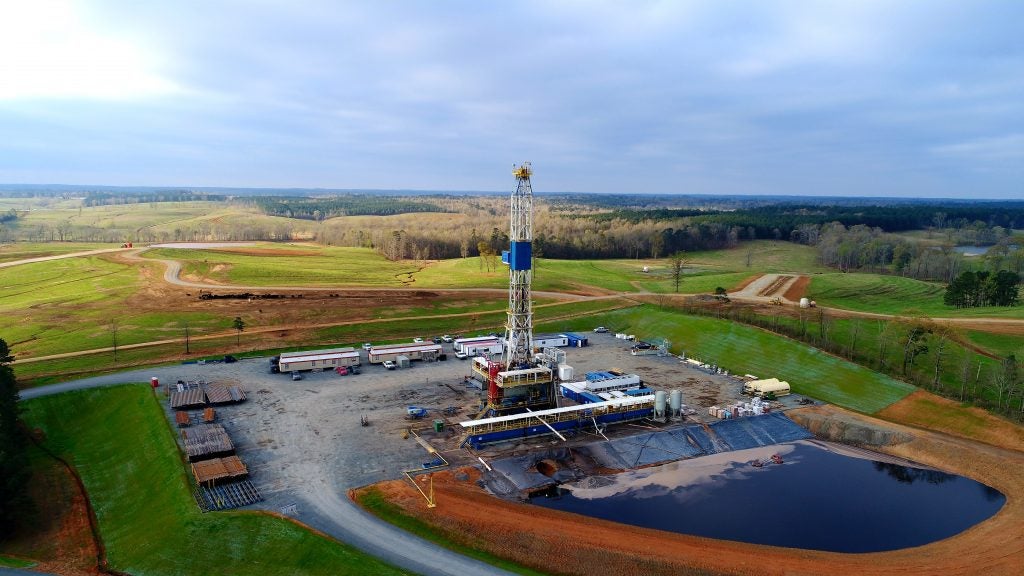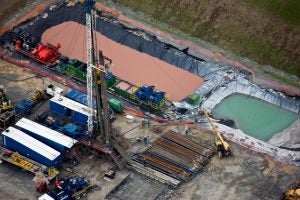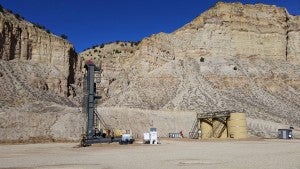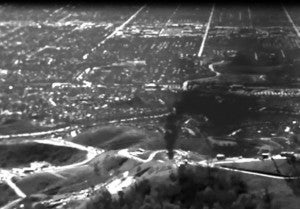 By Adam Peltz & Nichole Saunders
By Adam Peltz & Nichole Saunders
Keeping an eye on what happens with domestic oil and gas regulation is a bit like herding cats. We’ve seen encouraging progress on air quality issues related to oil and gas, but an equally critical front that’s seen major action is protection of our land and water resources.
More than 30 states actively regulate oil and gas development but their practices and rules vary significantly. Add the recent attention around industry’s impact on local communities – from earthquakes and the risk of spills to increased traffic and local air pollution – and it’s easy to miss the big trends that dominated regulatory agendas in 2018.
EDF devotes a significant amount of time tracking this activity, and 2018 was a busy year. Over a dozen states completed rule updates and other types of improvements this year on a variety of topics.
Here are the big things we saw in 2018.











 After several years of collaboration among regulatory experts from across the country, the Groundwater Protection Council (GWPC), recently
After several years of collaboration among regulatory experts from across the country, the Groundwater Protection Council (GWPC), recently  Southern California is now in month three of one of the country’s worst environmental disasters. In October 2015, a natural gas storage well operated by SoCal Gas sprung a massive leak hundreds of feet underground, releasing nearly 1,400 tons of gas into the air each day at its peak. Thousands of local residents impacted by noxious fumes and oily mist have been evacuated from the communities around the Aliso Canyon storage field. Because the leak is so large and technically complex, SoCal Gas has been working for months to fix it – so far without success.
Southern California is now in month three of one of the country’s worst environmental disasters. In October 2015, a natural gas storage well operated by SoCal Gas sprung a massive leak hundreds of feet underground, releasing nearly 1,400 tons of gas into the air each day at its peak. Thousands of local residents impacted by noxious fumes and oily mist have been evacuated from the communities around the Aliso Canyon storage field. Because the leak is so large and technically complex, SoCal Gas has been working for months to fix it – so far without success.